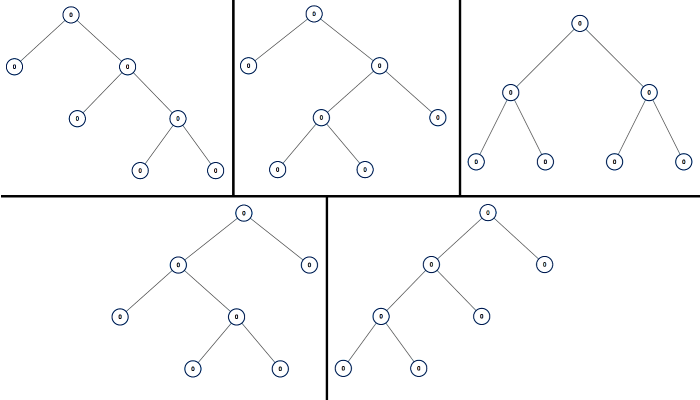Given a m * n matrix of ones and zeros, return how many square submatrices have all ones.
Example 1:
Input: matrix = [ [0,1,1,1], [1,1,1,1], [0,1,1,1] ] Output: 15 Explanation: There are 10 squares of side 1. There are 4 squares of side 2. There is 1 square of side 3. Total number of squares = 10 + 4 + 1 = 15.
Example 2:
Input: matrix = [ [1,0,1], [1,1,0], [1,1,0] ] Output: 7 Explanation: There are 6 squares of side 1. There is 1 square of side 2. Total number of squares = 6 + 1 = 7.
Constraints:
1 <= arr.length <= 3001 <= arr[0].length <= 3000 <= arr[i][j] <= 1
